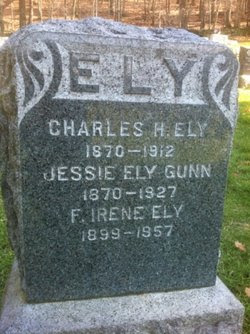This card doesn't show a clear view of the tram itself, but it is a lively street scene. Here's a closer view of the tram.
The card was written in 1927, but the photo itself appears to be earlier, maybe 1910. At first glance I assumed the message was written in Afrikaans, but it isn't. My guess is that it's Danish, but I don't know for sure. Can anyone out there read this?
Here is a translation, courtesy of Helen in Denmark. Thanks Helen.
Septbr 4 - 1927
Dearest Gusta!
You and the others are most
welcome here for a small dinner this coming Saturday, the 8. of this month; can
you be here between 6 pm and 6.30 pm, please not later; you know the way, don't
you? Everything is fine with us - hope to see you, your husband, Beate and the
two youngsters, I hope we can have a good time together. We have a dinner
invitation today, so I will conclude with the warmest regards to you all from
your [snuggling?] [a nickname referring to a child being put to bed possibly
with a good night song] mother.
























